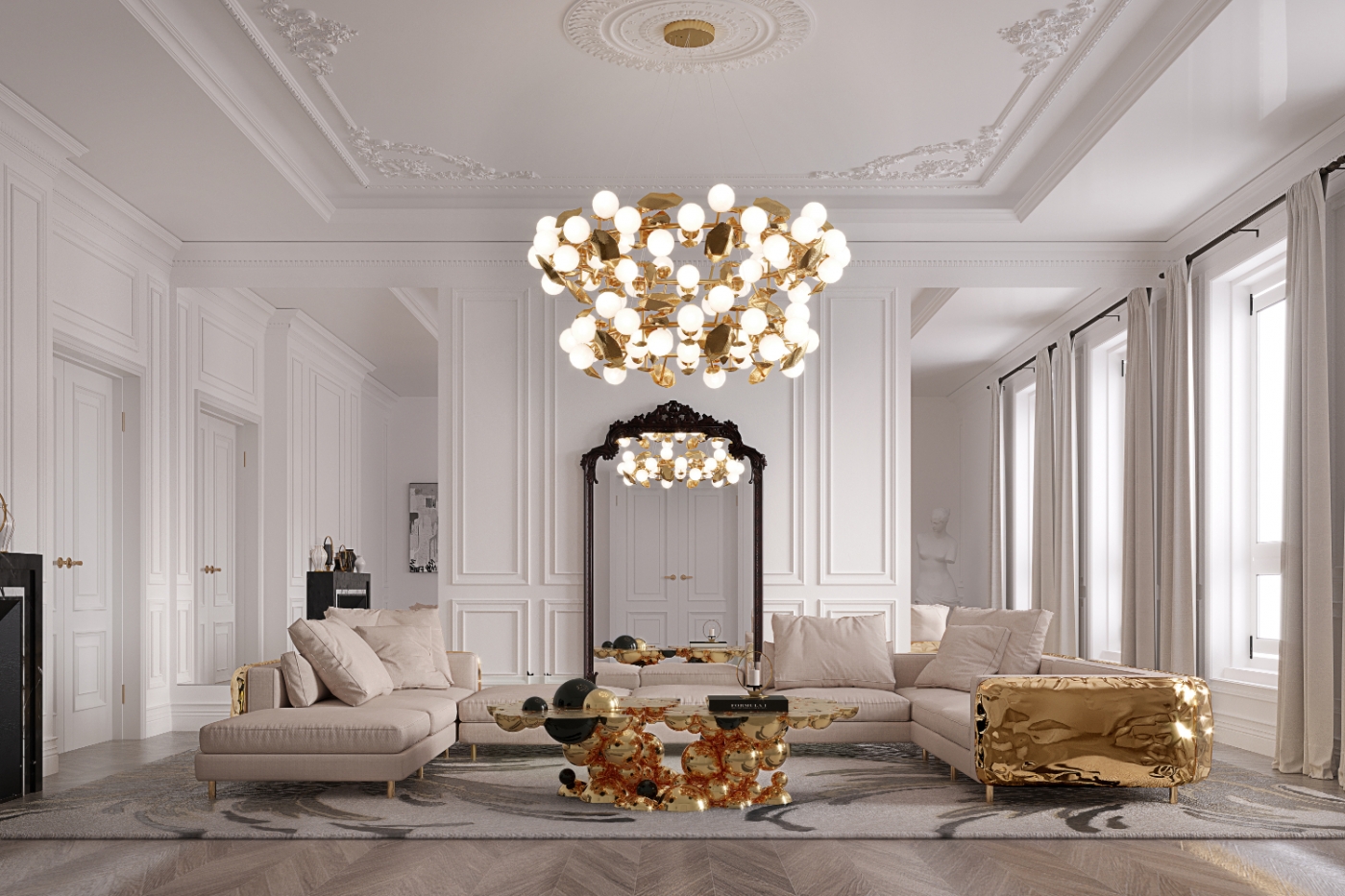Exploring the Creative World of Top Interior Designers: A Closer Look at Their Inspirations and Techniques

Image Source: Google
Interior design is a form of art that transforms ordinary spaces into extraordinary ones. Top interior designers have a unique ability to blend creativity, functionality, and aesthetics to create stunning environments that reflect the personality and style of their clients. In this article, we will take a closer look at the inspirations and techniques of these talented individuals.
The Inspirations Behind Their Designs
Nature
- Many best interior designers draw inspiration from the natural world. They incorporate elements such as earth tones, natural materials like wood and stone, and botanical motifs into their designs.
- Nature can provide a sense of tranquility and balance in a space, creating a harmonious environment for occupants.
Travel
- Traveling to different countries and experiencing diverse cultures can greatly influence a designer's style and aesthetic.
- Designers often bring back ideas, color palettes, and textures from their travels, infusing their work with a worldly and eclectic flair.
Art and Architecture
- Art and architecture are constant sources of inspiration for top interior designers. They may draw from different artistic movements, periods, or architectural styles to create unique and visually appealing spaces.
- Designers often use elements of art and architecture to add depth, character, and visual interest to their designs.
Techniques Used by Top Interior Designers
Color Theory
- Color plays a crucial role in interior design. Top designers understand the psychology of color and how different hues can evoke specific emotions and create different moods.
- They carefully select color palettes that complement the space, enhance its function, and reflect the client's preferences.
Texture and Materials
- Texture adds richness and depth to a space. Top designers expertly combine a variety of materials, such as wood, metal, glass, and textiles, to create tactile interest.
- They pay attention to the quality and feel of materials, ensuring that they not only look beautiful but also serve a functional purpose.
Lighting Design
- Lighting is an essential aspect of interior design that can greatly impact the ambiance and functionality of a space. Top designers use a combination of natural and artificial lighting to create the right atmosphere.
- They strategically place fixtures, use different types of lighting (ambient, task, accent), and incorporate dimmers and controls to achieve the desired lighting effects.
Conclusion
Top interior designers are true artists who have the ability to transform spaces and create environments that are both functional and beautiful. By drawing inspiration from nature, travel, art, and architecture, and employing techniques such as color theory, texture and materials, and lighting design, these designers are able to bring their creative visions to life. Their work not only enhances the aesthetics of a space but also improves the quality of life for those who inhabit it.
